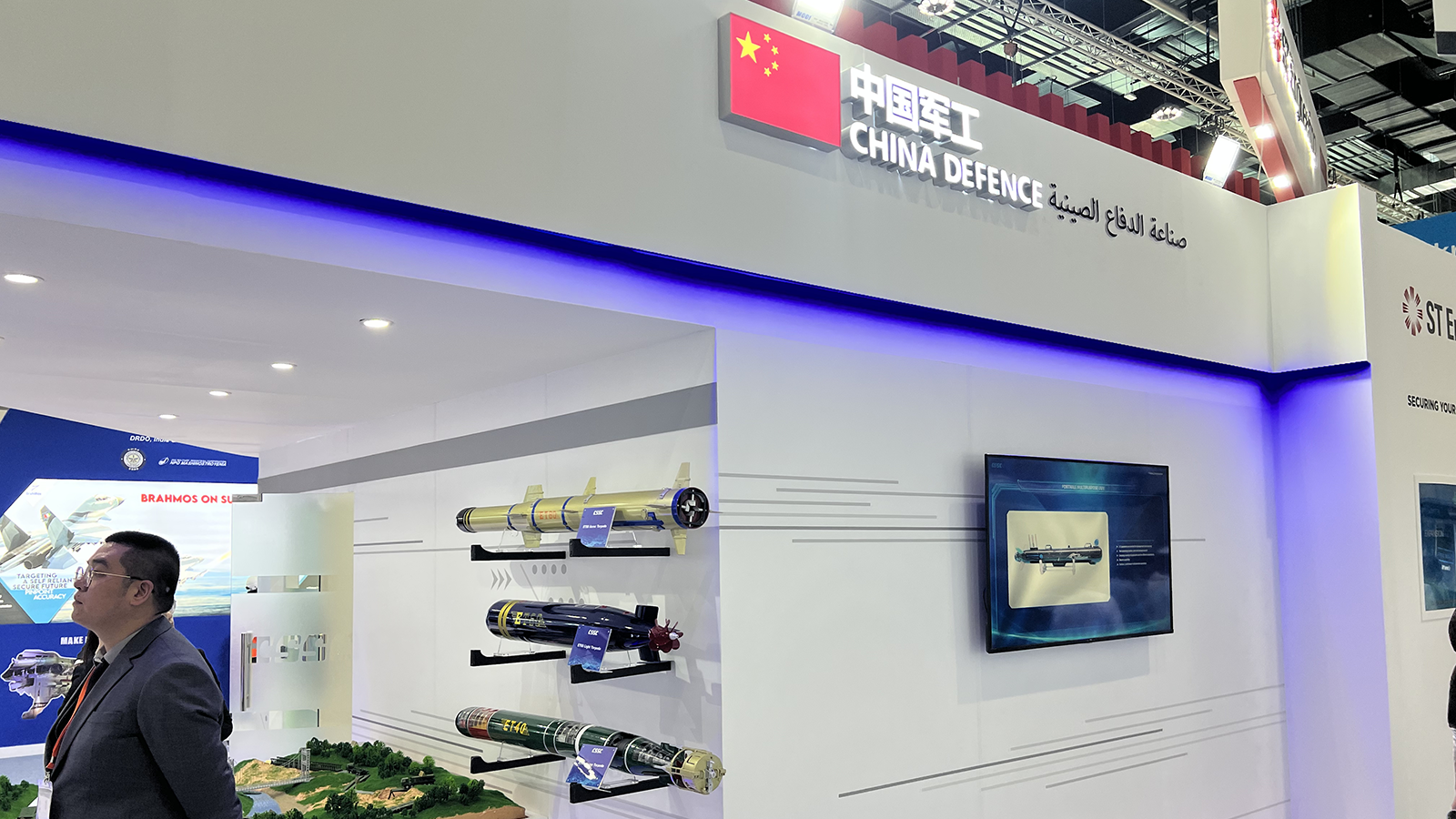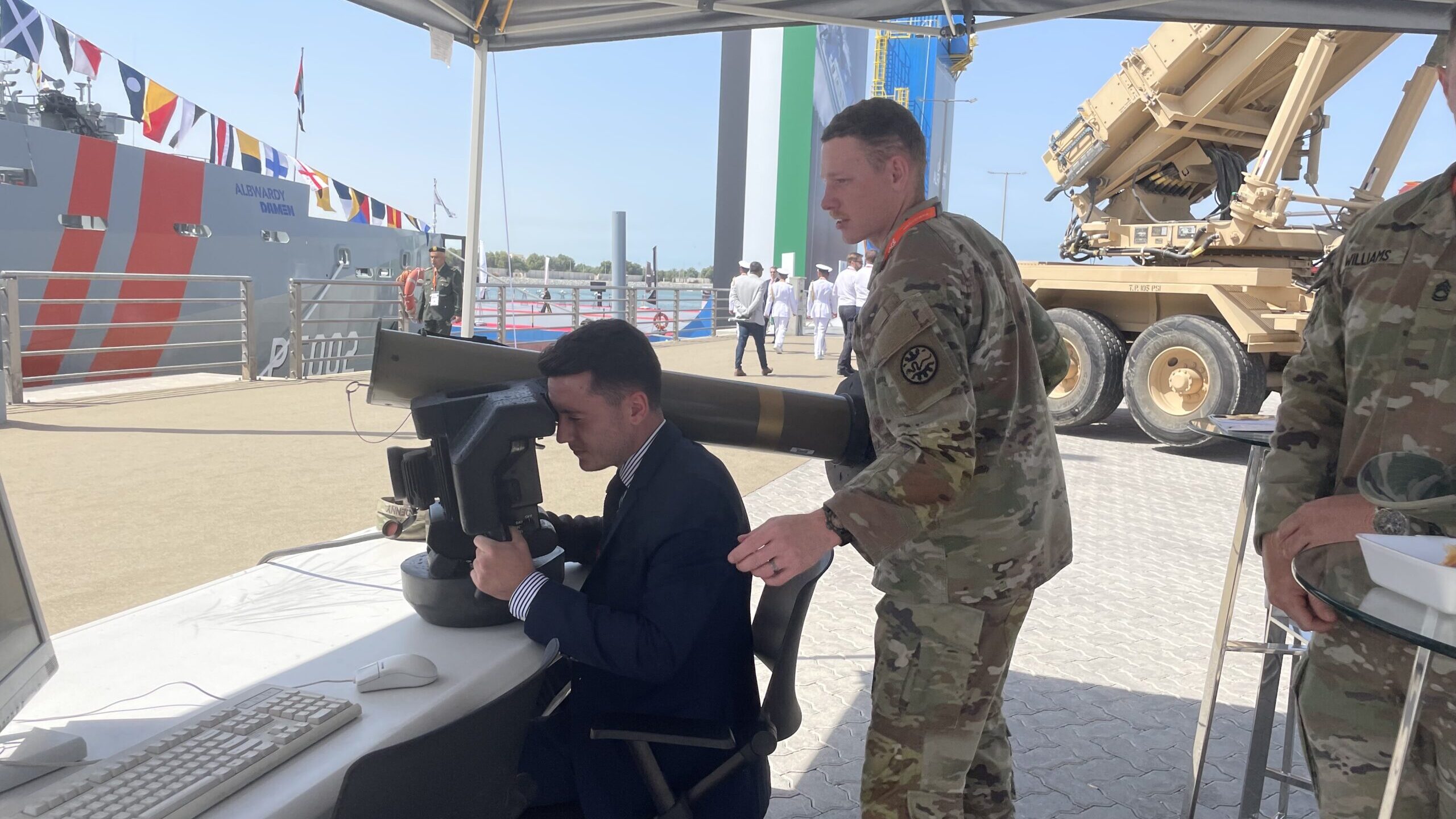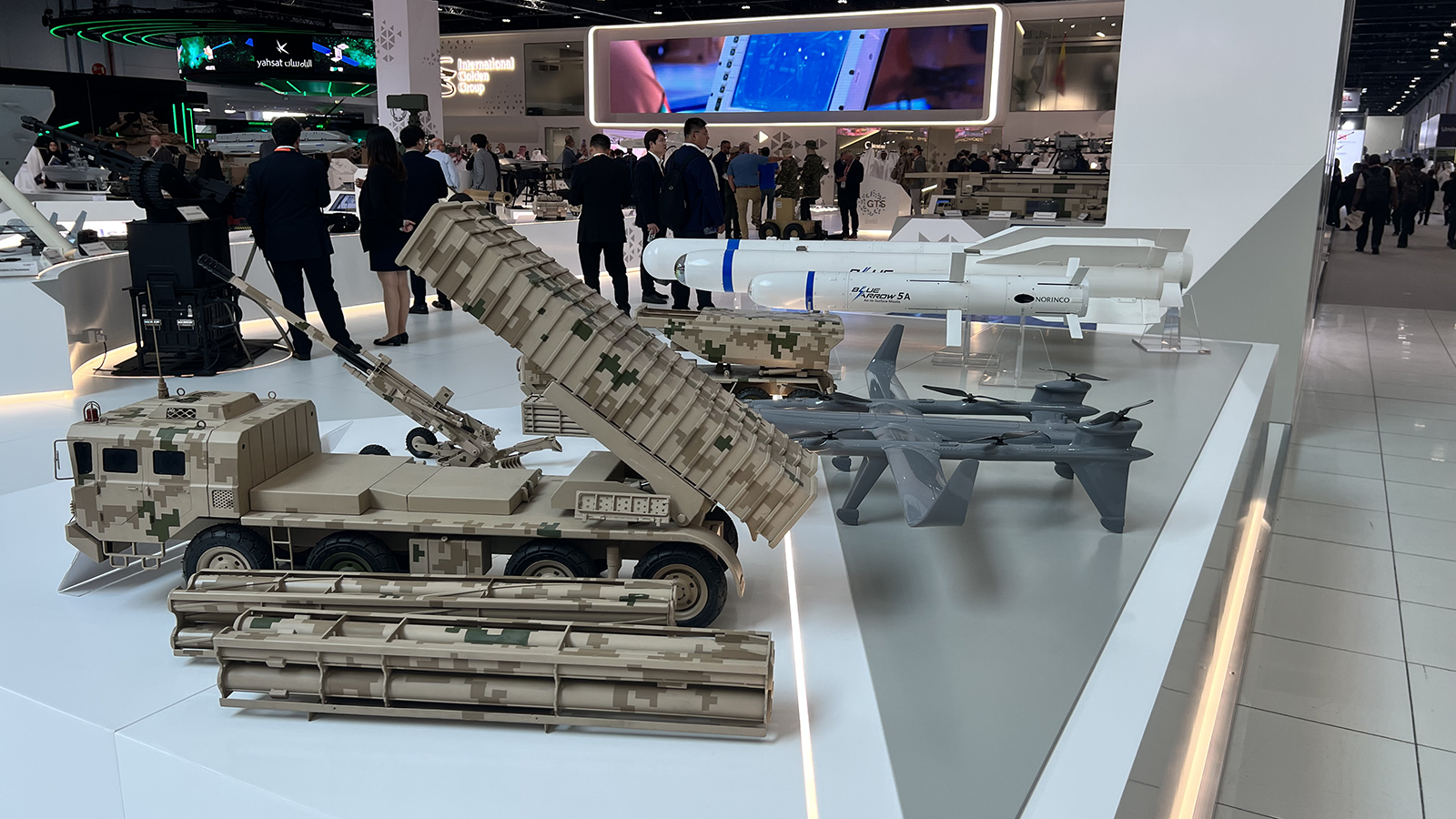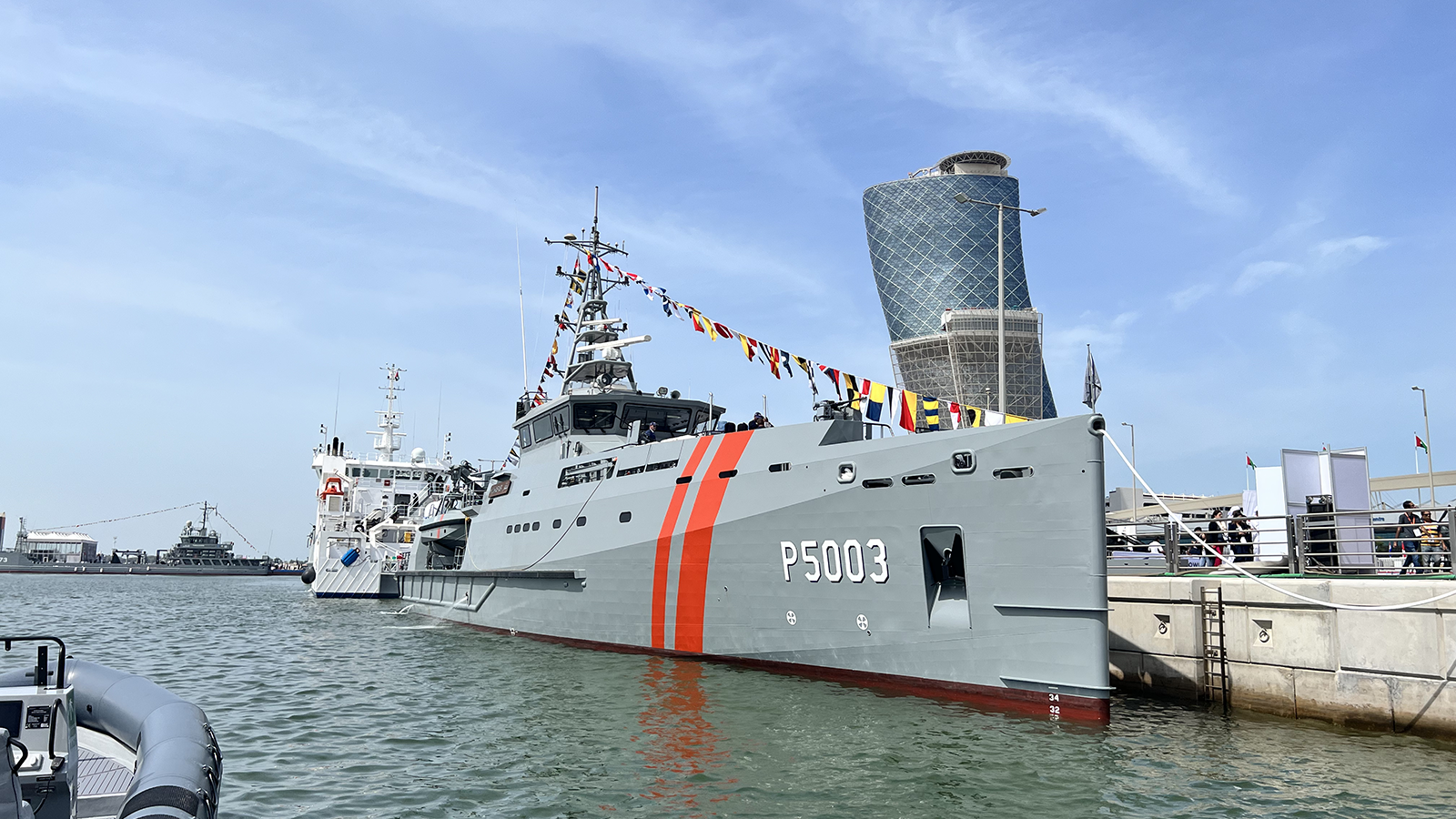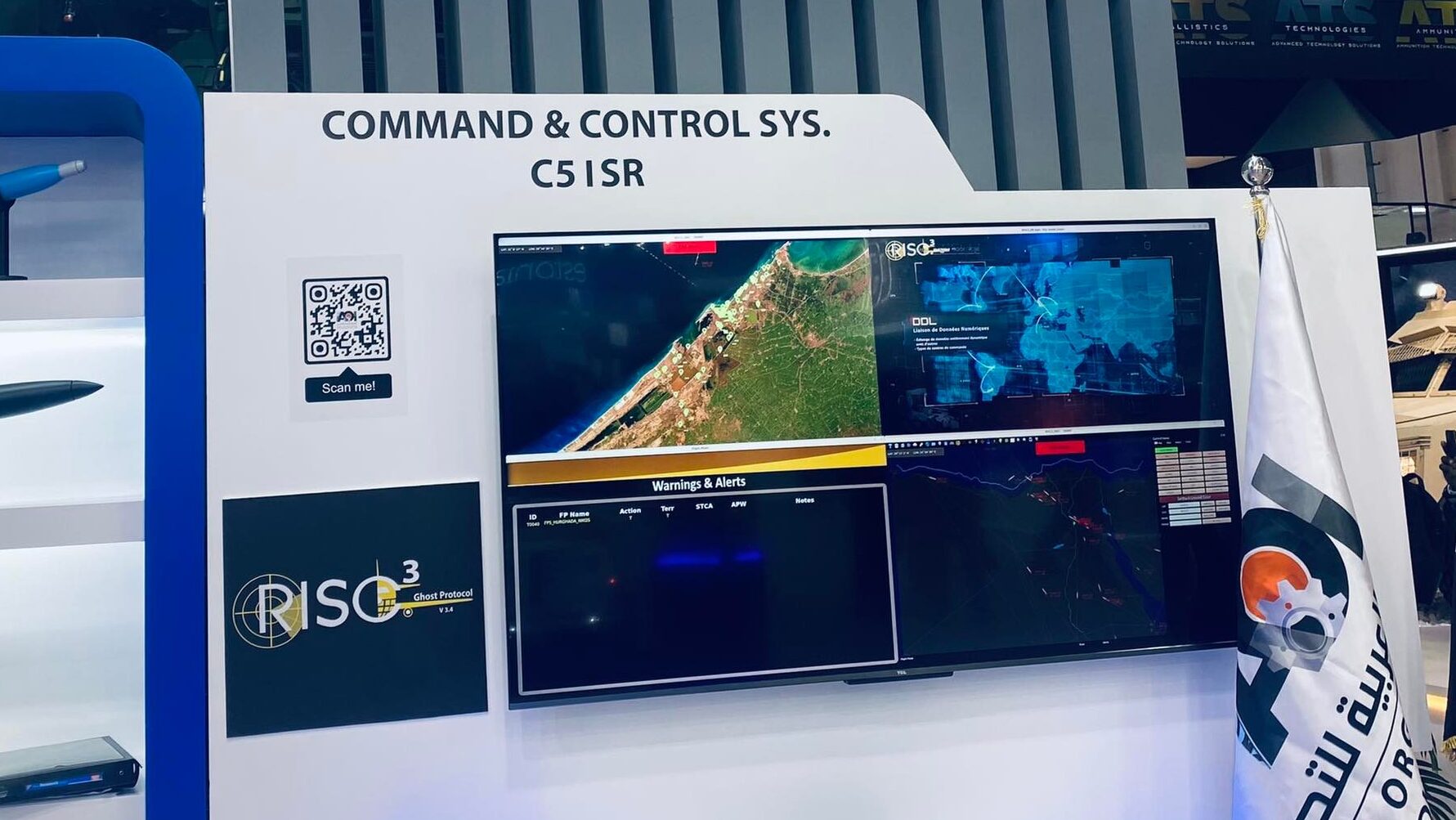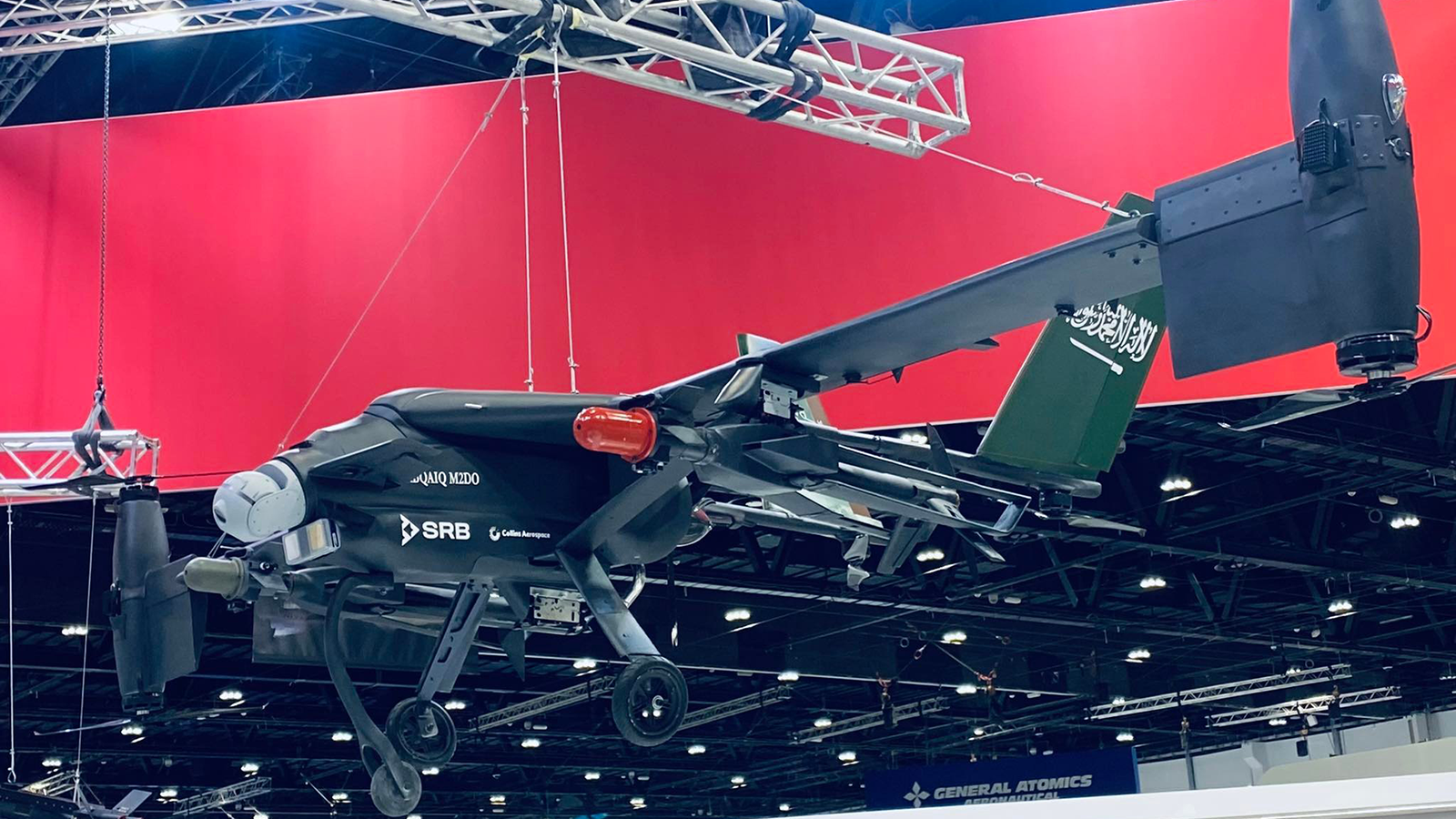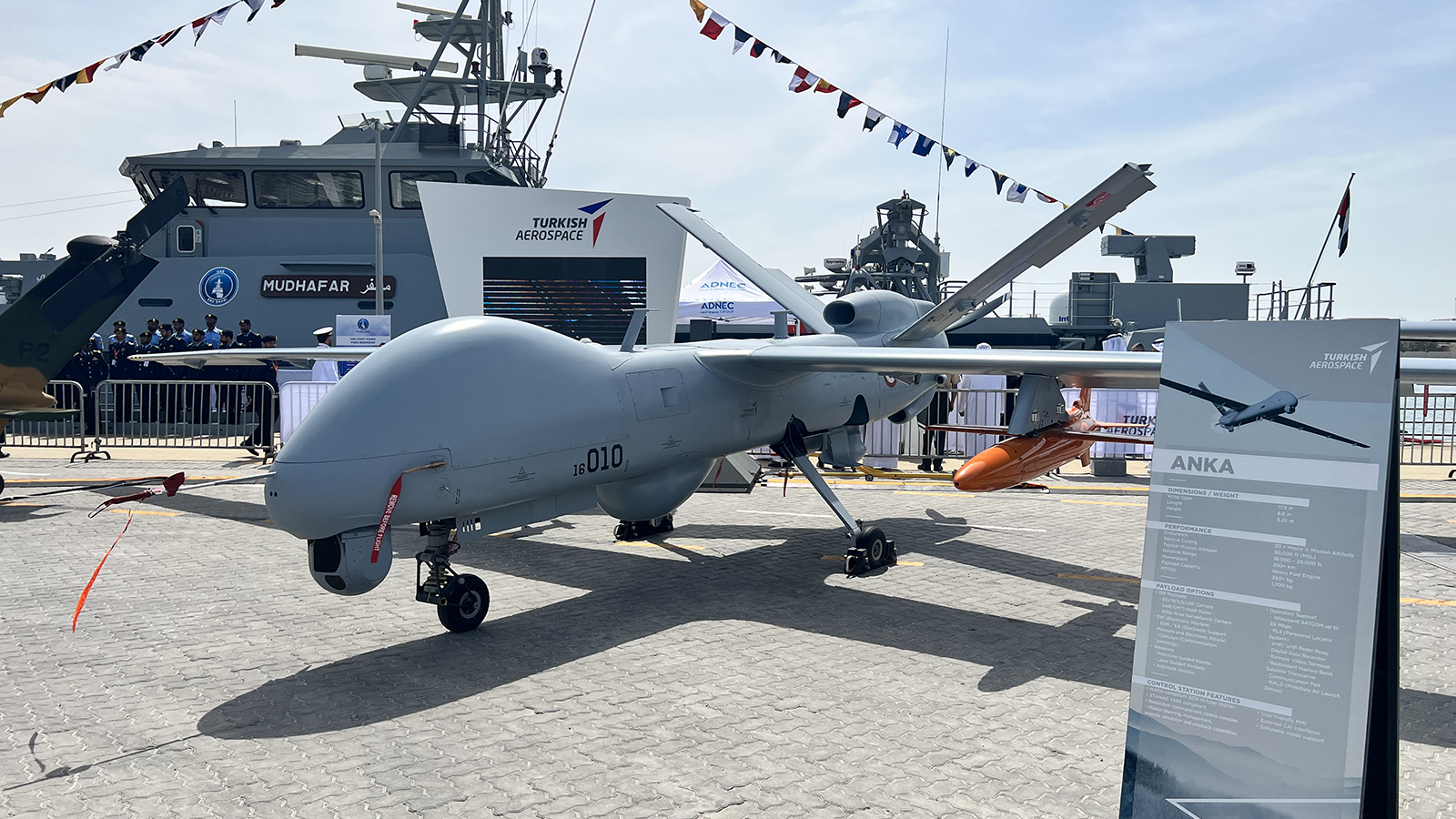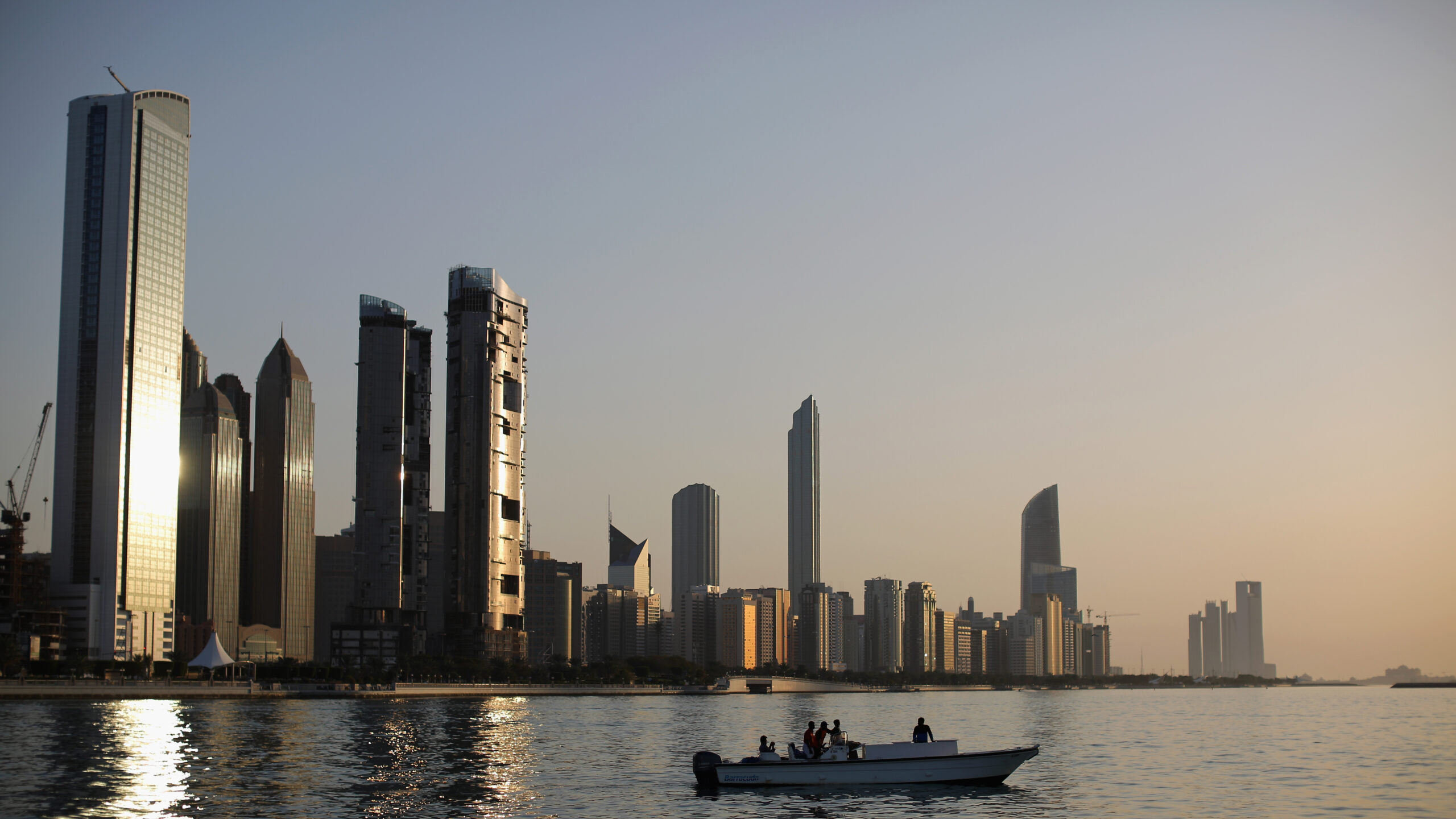
IDEX 2023 — The path toward creating an integrated air and missile defense capability in the Persian Gulf region is littered with political and technical challenges, but members of the US-Gulf Cooperation Council (GCC) are making smaller, confidence building measures to get there, according to Pentagon officials.
“This vision and objective of a regional security architecture has existed for at least the past four [US presidential] administrations; So, it’s been a long-time goal,” Deputy Assistant Secretary of Defense for the Middle East Dana Stroul told reporters during a Feb 13 call previewing the US-GCC working group meetings in Riyadh, which will explore topics related to Iran and regional air defenses.
“What we think makes it more real now is not only a shared perception of the acute nature of the threats but…this focus within [US Central Command] CENTCOM and its component commands on innovation and the opportunities of emerging technology.”
Stroul’s comments came ahead of this year’s International Defence Exhibition & Conference (IDEX) in Abu Dhabi, which is expected to have the largest number of attendees since its inception, with 1,350 companies exhibiting new weapons and capabilities.
Discussions around air and missile defense capabilities will likely be a hot topic this year, given the high-altitude balloon frenzy in the US this month — including revelations of Chinese balloons previously spotted in the Gulf region — combined with Gulf Cooperation Council (GCC) member concerns about aerial threats from Iranian proxies.
Tehran’s support for is supporting the Houthis in Yemen has resulted in both Saudi Arabia and the United Arab Emirates being hit by drones and rockets in recent years. With this as part of the backdrop, GCC members have spent years talking about merging air and missile defense capabilities, especially as the threat has morphed from detecting and countering ballistic missiles flying on more predictable trajectory to addressing the growing threat posed by cruise missiles and unmanned aerial systems (UASs) that can loiter or change direction.
“When it was only a ballistic missile threat, you have a pretty good idea what direction that threat could be coming from; Those generally do not maneuver,” said Maj. Gen. Clark Quinn, the deputy commander of Ninth Air Force, Air Forces Central.
“If it is a UAS or a cruise missile, it becomes much more of a 360-degree threat, that those systems can fly from any location on any path to achieve impacts at a target and it’s no longer just one direction that you have to look at.”
Which sets up a central question for IDEX: whether GCC members — Bahrain, Kuwait, Oman, Qatar, Saudi Arabia, and the United Arab Emirates — are ready to work together to better share intelligence about incoming aerial threats, and what new capabilities they want. Part of the evolving equation also includes Israel, which last year announced that it had joined with several other countries in the Middle East to form a new US-led joint air defense network, known as the Middle East Air Defense Alliance (MEAD).
Stroul did not directly address that alliance but said Israel could enhance such regional air defense plan in a “meaningful way” — while also acknowledging that not all GCC members are for that.
“We think that other [countries] integrating and beginning to sit at the same table with Israel is in the interest of stability and security in the region,” she said. “We also understand that different governments are going to move at their own pace on that.”
Quinn said there is a consensus among US-GCC members that they need to act sooner rather than later to create a plan to share information and capitalize on neighbors’ capabilities.
“If the sensors that you are using to see these inbound threats are only within your own land mass, you’re going to be limited with how far you can see,” Quinn said. “There’s just curvature of the Earth, power of the radar, the ability to see out at distance.
“When you look at the GCC as a whole, around the entire Arabian Peninsula, and you look at the number of early warning systems that each of those nations have, you can then essentially expand your visibility out by using those other early warning radars,” he added.
That said, there is not a firm plan that “gets us to a flip of a switch that we now have integrated air and missile defense”, in part, due to technical challenges and political will. Instead, GCC members are making “small,” “concrete steps” forward, like hosting a regional air chief meeting last month.
As for the “technical challenges” Quinn said each country typically runs their air defense and air surveillance operations over a classified network. To create an integrated air defense picture, they would need a “cross-domain solution” to get those to “talk” to each other while also ensuring there is not an enhanced cybersecurity threat. “They want to make sure that their internal systems remain clean as well,” he added.
“There are some technical challenges to being able to share it, but ultimately, it’s really an authority and a desire to share, because even if we don’t have a technical ability to share an air tract digitally, we can at least pick up a phone and relay that there is a threat inbound,” Quinn said.


